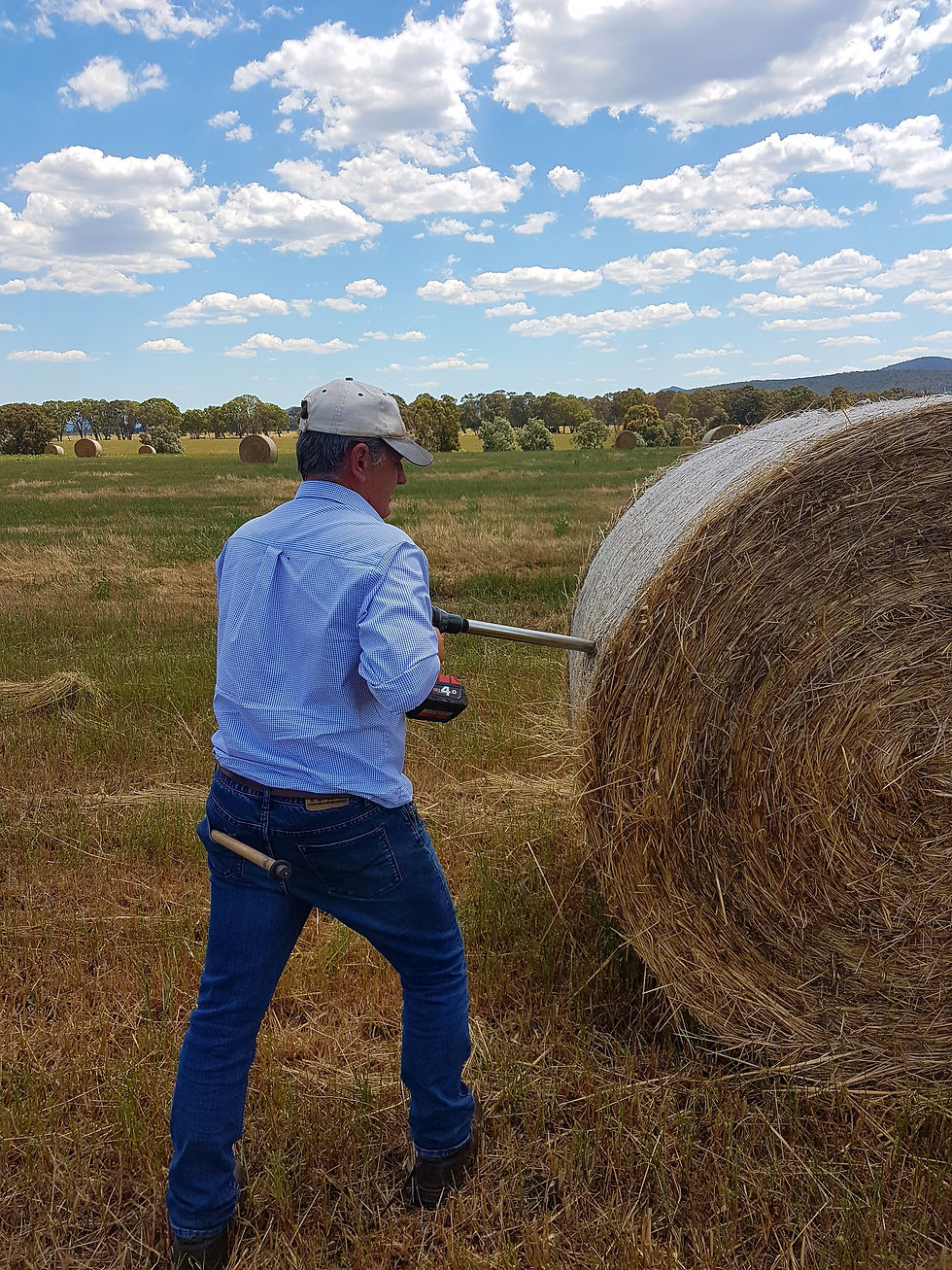Utilising Forage Brassicas This Summer
- Owen Rees

- Mar 2, 2023
- 4 min read
By Owen Rees, TRAC Senior Ruminant Productivity Consultant
Growing forage brassicas can help provide your stock a fast growing, highly nutritional feed stuff over the Summer & early Autumn period when most of the permanent pasture species have turned reproductive and lost quality. Brassicas and leafy turnips are a high protein, high energy, low NDF feed source that is available around the same time as spring lambs are starting to be weaned. Brassicas can also be used to increase growth rates of store cattle that are waiting to be finished or to keep dairy heifers on their growth curve, but after I have sown my crop, how do I make the best use of my investment?

When looking through all the research of live weight growth rates on summer crops, we see a wide range; 60g - 320g of LWG per day in lambs and 0.7kg to 1.2kg LWG in cattle. We must ask ourselves the question, why such a range? Is it stocking rate, crop type and stage of maturity and/or year? These all have an impact on the performance of the animals, but the nature of the plant itself has a big effect on the animals that are grazing it.
When we are putting weight on young animals like lambs and weaner cattle we have a protein requirement of 16% CP in the total diet. At this level the animals requirement to build muscle is being met without any adverse effects from excessive protein. Many summer crops, especially brassica have a total plant crude protein level way above the animals requirements. “So what” I may hear you ask, or even “the more the better”, well not in the case of protein. When the animal starts to digest the crude protein from the plant, nitrogen in its different forms are released into the rumen, where the rumen bugs consume it as food. If there is too much or there is not enough bugs in the rumen, the nitrogen levels will increase to the point where it is unsafe for the animal. The animals safety mechanism is enacted and the nitrogen is sucked through the rumen wall into the blood stream where it is sent to the liver to be converted into urea. Some urea is then recycled through the animals saliva and the rest is excreted through the urine back onto the pasture or crop. Changing the form of nitrogen into urea in the animals liver comes at a huge energy cost. This energy could have been better used for live weight gain.
If we looked at a 36kg lamb it has the potential to eat 1.8kg DM of crop per day and put on 370g per day of live weight, so why don’t all lambs grow at this high rate? Well if we use the industry calculation of what the energy cost is to recycle the extra protein, we end up with a more realistic growth rate. Protein levels in the leaves of brassicas have been tested at 32% CP +
0.18MJ per % of CP over 16x intake
0.18MJ x 16 x 1.8 = 5.1MJ per head per day
So now there is only enough energy for our lamb to put on 200g live weight per day and this is a figure more commonly seen by farmers on their farms. So, what can be done on a farm level to minimise the loss of production?
Grazing management can play a big part in getting the animal to eat the leaf and the stem together. Forage tests show that the stem of the plant has a vastly reduced protein content than the leaf. If we can get the animals to eat them both together, the total protein content is much closer to the animals requirement and we minimise the over allocation of nitrogen in the animal and thus reduce the amount of protein recycling the animal has to do.
Strip grazing or block grazing paddocks with temporary electric fencing will put pressure on the animals to eat more of the whole plant in the one sitting.
If we don’t have the ability to increase the grazing pressure, we need to supplement the animals with hay/straw that is highly palatable and that they will freely eat over the crop. This can be very hard to find as most days animals will prefer to eat green leafy material over dry stemmy straw.
If this is the case and your animals refuse to eat the fibre source, then providing them with a salt regulated loose lick that has added bentonite will slow the rate of passage down allowing the animals more time to digest the crop before it passes through them. TPM Boost Go is such a product with its high salt content the animals will actively consume it and the added bentonite will help slow the rate of digestion down, added minerals will also help to balance the diet for maximum growth potential for your animals.
Feeding the animals an energy source like cereal grains whilst grazing the brassica crop can also help balance the high protein from the brassica.
If you would like help getting the best out of your Summer brassica crops,
please get in touch with one of our Experts In Ruminant Productivity
to tailor an individual plan for your animals this year.
Phone the TRAC Office on 08 8733 1888

Our Consultants
EXPERTS IN RUMINANT PRODUCTIVITY
Owen Rees
0429 437 823
Mark Facy
0427 243 320
Mikaela Baker
0457 243 319
To download a copy of this article, please click the link below...
#Brassicas #SummerCrops #Ruminant #Beef #Sheep




Comments